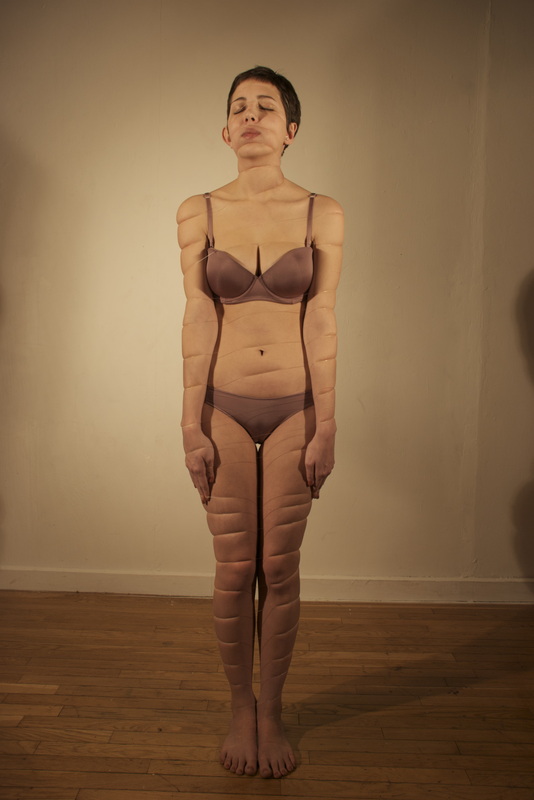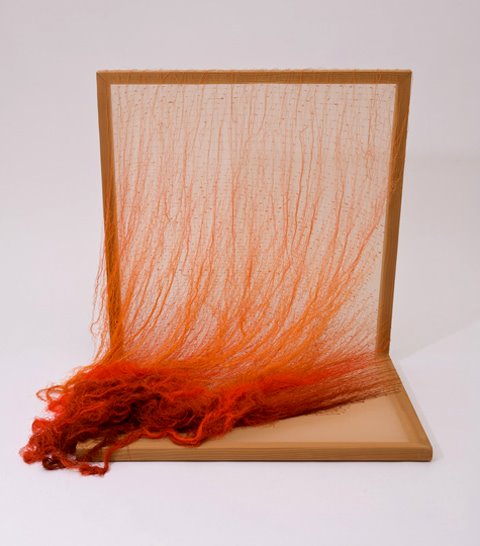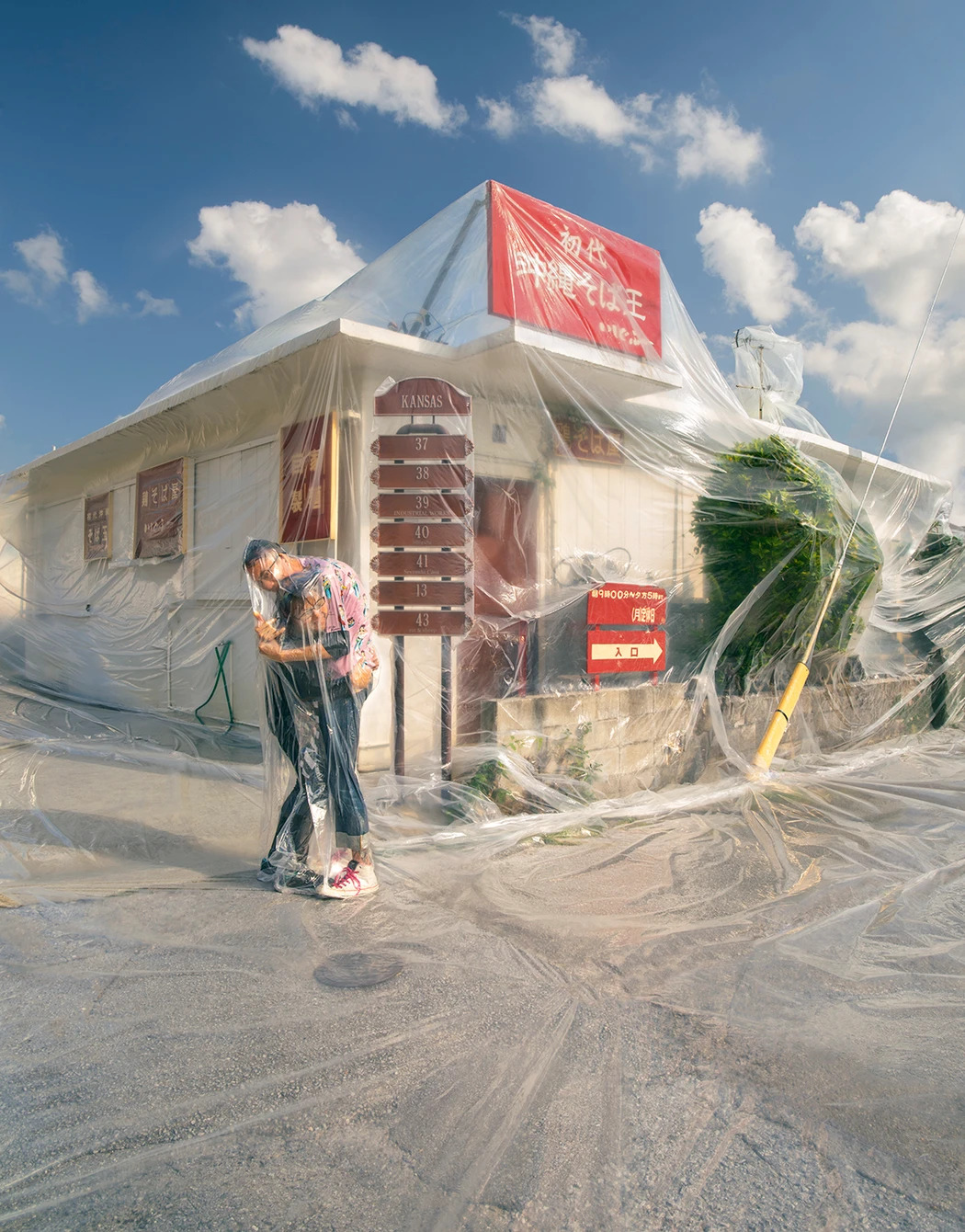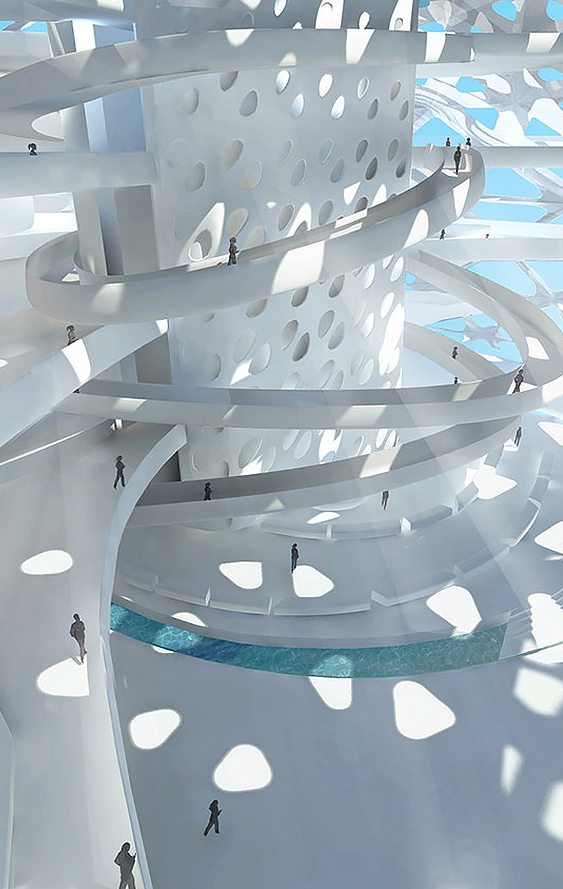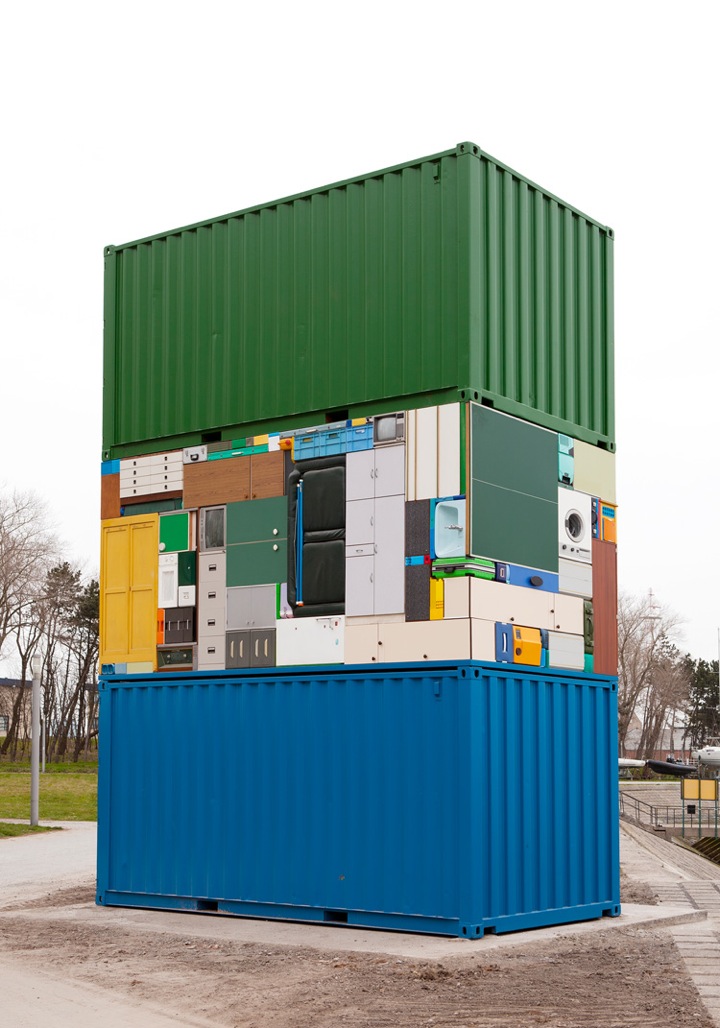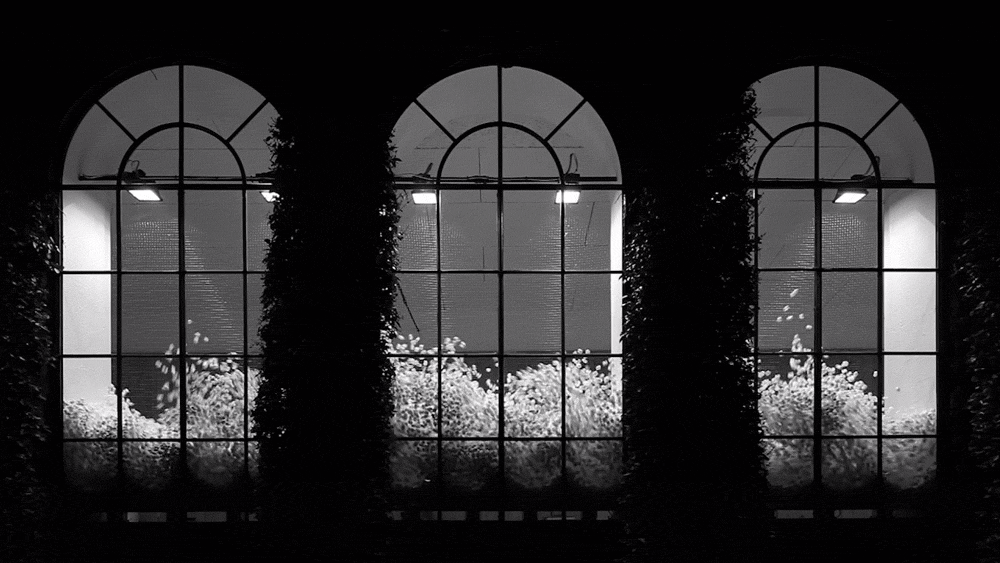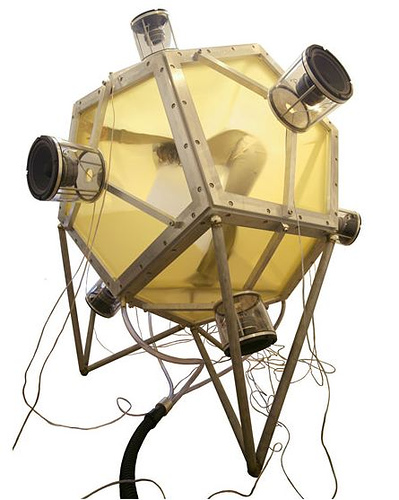マイケル·ヨハンソン
Майкл Йоханссон
The Move Overseas
Created by contemporary Swedish artist Michael Johansson, these “real life Tetris” installations see other people’s unwanted objects methodically and painstakingly packed together into neat, colour co-ordinated blocks. Inspired by real life coincidences, such as two people passing each other dressed in the same outfits, Johansson has been constructing the sculptures since 2007, installing them in public areas like tight alleyways and strangely shaped doorways as well as showing them at group and solo exhibitions all over the world. Speaking to PINCH magazine, Johansson said:
“These irregularities, or coincidences, are a great source of inspiration for me. I have also as long as I can remember been fascinated by flea markets. And in specific a fascination by walking around to find doubles of seemingly unique, though often useless objects I have already purchased at another flea market. There is something irresistible in the knowledge that if you don’t buy that particular object right away, the opportunity might never come back. I think the same rules compelling me to select things at flea markets are also central to my art practice, that you need to combine something very familiar with something very unique to create an interesting art experience.”
.

